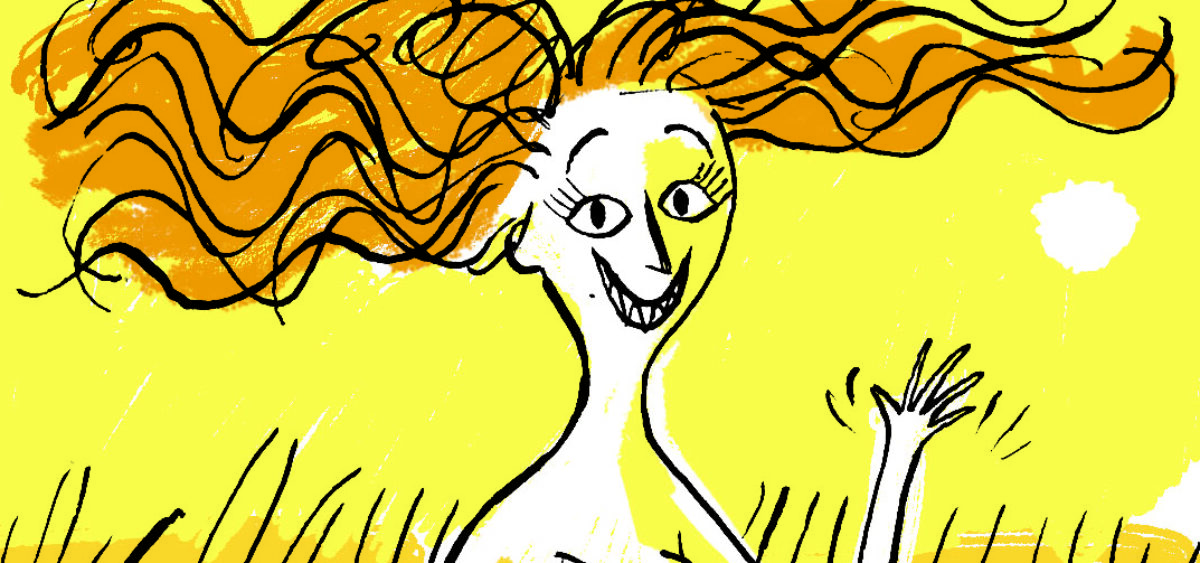
Watch out, Satan never sleeps! You can fall into his clutches anywhere and at any time, even in the holiday season. You’d better be prepared, so here’s our handy pocket guide to devils and demons for you to cut out and keep.
The Noon Witch
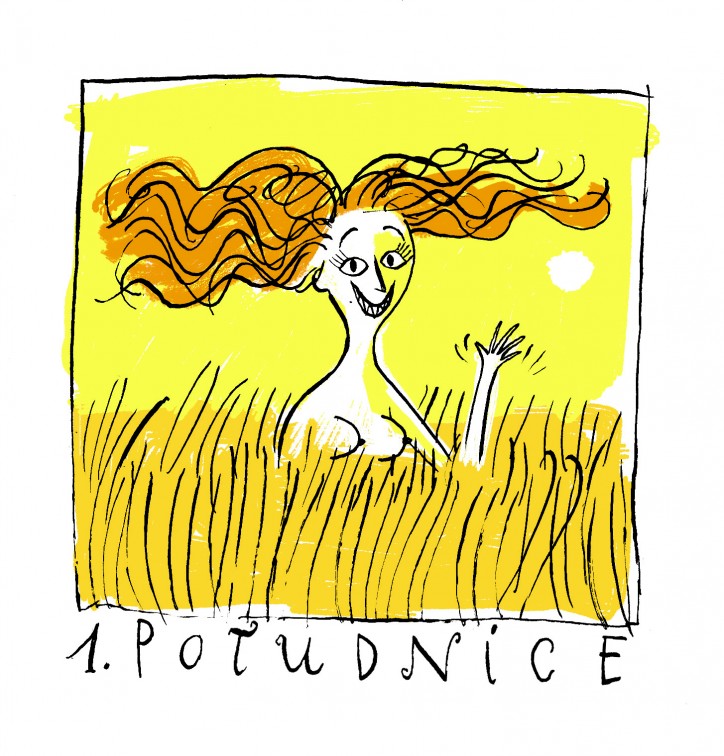
Slavonic demonology features plenty of ‘charming’ creatures, such as Baba Yaga (the hideous witch who flies in a pestle), Ovinnik (the evil spirit of the threshing house who sets fire to the grain), Utopiec (the water-dwelling spirit of a drowned man), Ćmok (a snake-shaped demon that lives in the corner of the cottage and is best not provoked) and Mamuna (the malign spirit of a woman who died in childbirth). In summer, you must be especially on the alert for Południca – aka the Noon Witch. Anyone who’s ever been on a long walk in Poland is sure to have taken a short break in a field, to get respite from the blazing sun beneath a tree. That’s just when the Noon Witch is likely to attack. She’s heralded by a whirling pillar of dust on the road, and a ripple through the cornfield (not to be confused with corn circles, which are left behind by more modern devils). Then a tall, thin woman appears with wind-tossed hair. She’s either very beautiful or extremely ugly. Wrapped in a sheet, she rises up in the air to spy out her victims. If she finds you asleep, she’ll strangle you or cut off your head with a sickle, as she has often done to harvesters.
In some regions, the Noon Witch preys on the lustful in particular, so it’s a good idea to avoid romping about in the corn or skinny-dipping in ponds and brooks. She doesn’t just attack adults, but if she catches sight of an unattended child, she steals it away in her sack or disfigures it. If you’re lucky, you might run into an inquisitive Noon Witch, who sets a riddle before attacking, like the Sphinx in ancient times. If you can give the right answer, you’ll save your bacon. But even if by some miracle you do emerge from the encounter in one piece, she can still blind you or muddle your wits (according to scientists, this may be how our forebears explained sunstroke). And as a parting shot, she’ll change into a biting horsefly or botfly.
But where do Noon Witches come from? They’re the spirits of unfortunate girls who died just before, during, or soon after their weddings.
Mephistopheles
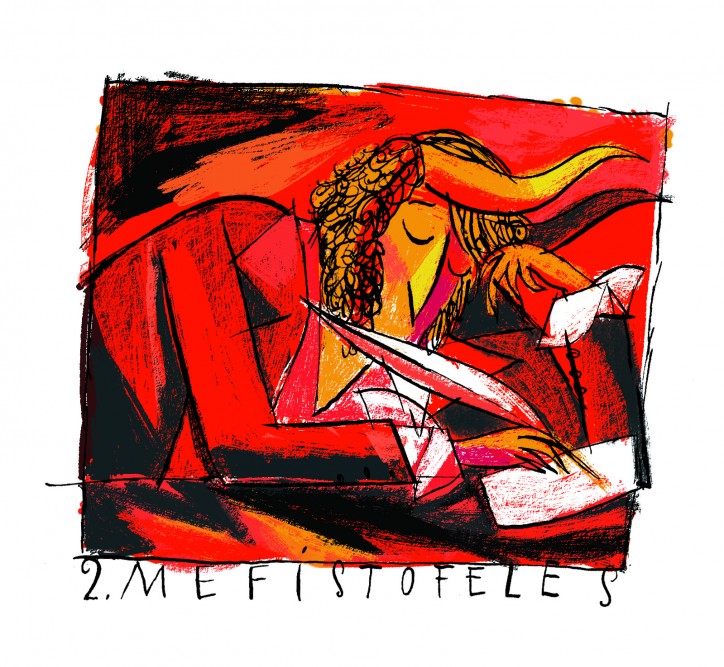
He’s one of the foremost fallen angels. His associates include such stars of ancient descent as Beelzebub, Asmodeus and Belial. Even though he has none of the Polish heritage of the folk devils Rokita (who corrupted peasants), for instance, or Boruta (who dealt with the nobility), Mephistopheles makes an appearance in The Ballad of Mrs Twardowska, by the great Polish bard Adam Mickiewicz (a comical tale in which Mr Twardowski, who has sold his soul to the devil, agrees to be carted off to hell on the condition that the devil spend one year living with his wife, Mrs Twardowska – but the devil runs away in horror). Mickiewicz would appear to be taking a dodgy swipe at national tradition, if not for the fact that Mephistopheles had already cast his spell in the story of the scholar Faust, as penned by such classic authors as Christopher Marlowe and Johann Wolfgang von Goethe.
So Mephistopheles is a seasoned operator in the branch of making pacts, dealing in souls, and exchanging consciences for hard cash. And he’s a bit of a failure at it, because he ‘eternally wills evil and eternally works good’. That must be why not just writers are so fond of him, but composers too (Berlioz and Gounod both wrote operas about him), and rock musicians (during their concerts, Bono, the lead singer of U2, used to take on the persona of the devil MacPhisto). If it carries on like this, he’s sure to become a star on Instagram.
In Hebrew, his name possibly means ‘destroyer of good’, while in Greek it’s probably ‘a spirit that avoids the light’. This interpretation is interesting, because it clearly distances Mephistopheles from his famous pal Lucifer, whose name translates from Latin as ‘bearer of light’. That’s devilish irony.
The Gorgons
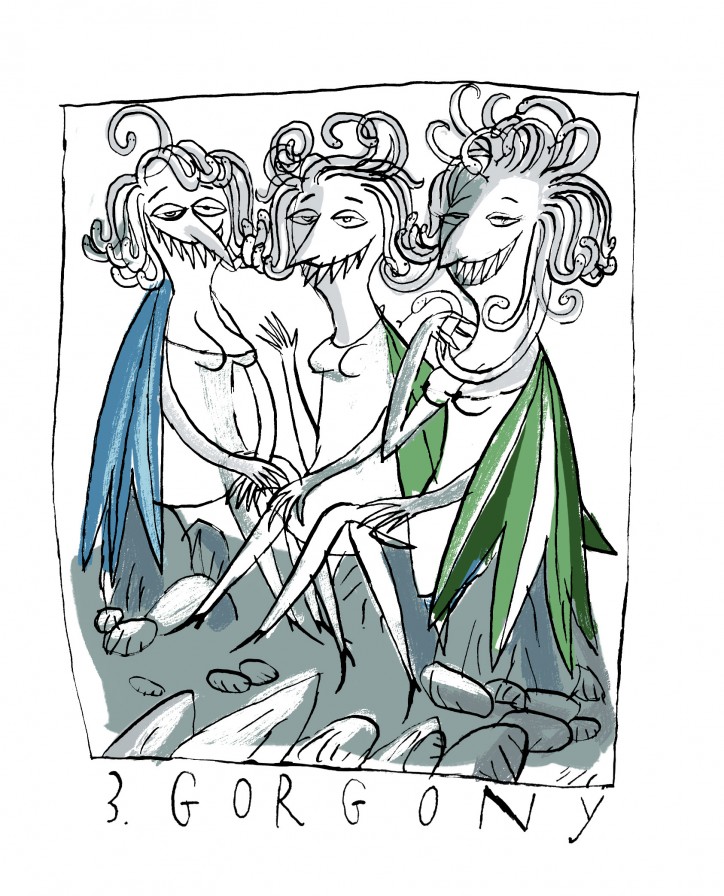
These golden-winged demonic sisters, who come from Greek mythology, have poisonous snakes for hair, and are armed with copper talons and the tusks of a wild boar. Their names are Stheno, Euryale and Medusa. Medusa is the most famous, and the deadliest. She could change a man into stone with her stare. It was Perseus who finally dealt with her, by holding up a mirror to her repulsive features (in fact, it was a bronze shield polished to a shine).
But let us note that Medusa wasn’t always so repulsive. On the contrary, she was once so comely that the sea god Poseidon fell in love with her. Unfortunately, he set about making love to her in the temple of the goddess Athena, who was deeply offended and changed Medusa into a monster. Ever since, the only reminders of the girl’s past beauty are in works of art, and these days in the Versace logo too. A demon has become a style icon, hypnotizing the victims of fashion.
Wendigo

Wendigo is an ice demon from the folklore of North American Indians, who believe he can possess an ordinary person by changing him into a monster with a taste for human flesh. In support of these beliefs, we have the story of a Cree Indian called Katist-chen (meaning ‘Swift Runner’), who in 1879, while on a hunting expedition, killed and ate his wife, children, mother and brother. He cast the blame on an encounter with a Wendigo. Apparently the ice demon continued to haunt him in his prison cell, but the visitations came to an end when Katist-chen was sent to the gallows.
It seems obvious that Katist-chen wasn’t sound of mind. He had probably fallen victim to the sort of deadly psychosis that appears in other cultures too (e.g. the Southeast Asian syndrome known as ‘amok’). Nonetheless, the Indians knew their facts. In the Canadian province of Ontario, a chief and shaman called Jack Fiddler made his career in those days, gaining fame as the destroyer of Wendigos. But it ended when this demon hunter was arrested for murder and put in jail, where the wretched man committed suicide in 1907. Yet another, indirect victim of the Wendigo?
Ghouls

The most famous unclean spirits in Arabic mythology are genies. Apparently they were born out of fire 2000 years before the creation of Adam. They’re shape-changing demons that can take on the form of humans, animals or monsters. But some of them are so lacking in nous that they get themselves trapped in lamps (according to The Thousand and One Nights). Though plenty of them are lethally dangerous, especially to travellers who venture into little-frequented, gloomy places. It’s easy to meet ghouls there too.
Ghouls are predators that feed on human flesh. They’re so dangerous and unpredictable that they look like people. A ghoul can be lying in wait for travellers in deserted places, ancient ruins, or a desert wasteland. They’re not fussy – if needs be, for lack of a fresh tourist, they’ll make do with a corpse dug out of its grave, as a fellow from Baghdad called Sidi Numan learned in rather surprising circumstances. Puzzled as to why his beautiful wife hardly ate a thing, he decided to see what she got up to at night – he must have suspected that was when she did her eating. Meanwhile, thinking her husband was asleep as usual, she crept out of the house and went off to the graveyard. There she met up with a gloomy-looking fellow, with whom she set about digging up a new grave. Then they got down to consuming the dead body with great enjoyment, having a nice chat as they ate. To say that Sidi Numan was deeply disappointed by his discovery would be an understatement. And yet he was lucky his wife didn’t have a go at him.
Strzygons and Strzygas
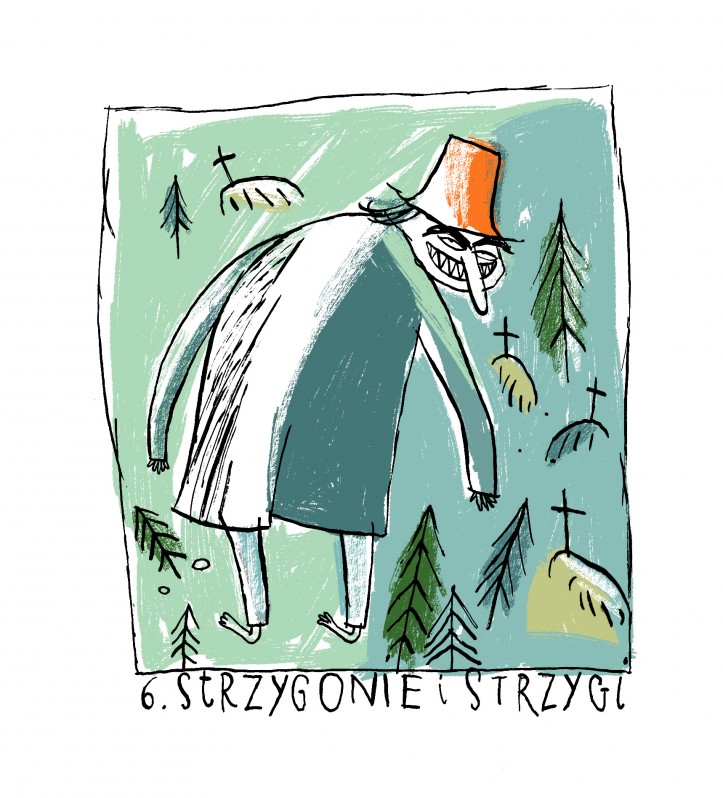
These are Eastern European monsters, but they do have some Mediterranean connections. Their names are associated with the Latin word strix, which in ancient Rome could mean a witch, and the strigoi, which in Dacia, after its Roman conquest, was the word for ghosts that hovered about in graveyards. The strigoi are probably the origin of the Polish strzygons (who are usually male), and the strix was the source of the Polish strzyga (who are usually female). Both these demons functioned in and around burial grounds, attacking people and animals. The strzygas were extremely predatory, and usually sucked out their victims’ blood. The strzygons were more likely to bite, haunt and plague their own former relatives.
The most famous strzygon in history was a 17th-century Balkan peasant called Jure Grando, who supposedly climbed out of his grave, then persecuted his former neighbours until they chopped off his head. In Poland, people still believed in strzygons in the 20th century. Our ancestors had failsafe methods for recognizing who might become a demon of this kind after death. Suspicions were aroused by double rows of teeth, strange birthmarks, a hunchback, or eyebrows that grew together. The strzygon was also known as the wąpierz (pronounced ‘vamp-yesh’), which is only a step away from ‘vampire’…
Lilith
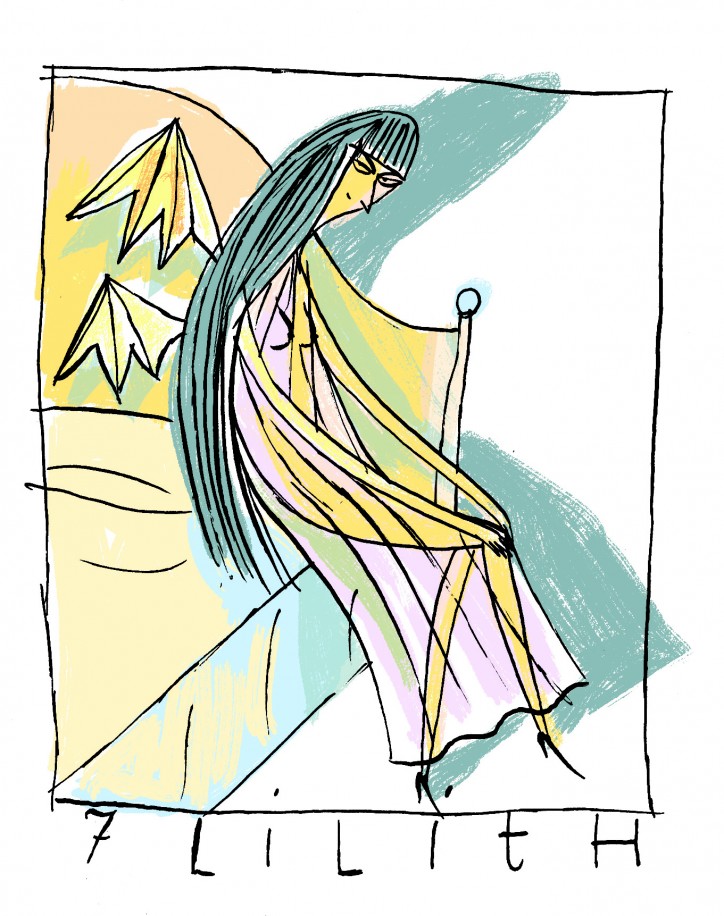
According to Hebrew folklore, Adam’s first wife was not Eve, but Lilith. But she turned out to be such a termagant that her partner in paradise couldn’t cope with her. Whether it’s a misogynist legend or not, Lilith left Adam, abandoned paradise and went on her way. She hung out with fallen angels and was mother to evil spirits. She was a demon who attacked pregnant women and young mothers by stealing their children. In recognition of her sinister achievements, Lilith was hailed in hell as queen of the succubi, meaning the demons shaped like sexy women, who corrupted men at night, sucking out their vital energy and stealing their sperm (which was then used by incubi, demons in the form of attractive men, to fertilize the women they haunted).
Lilith is so well-known and recognizable that she has become the object of a cult of modern Satanists and the inspiration for occultists. She also appears as a rather unusual sex symbol. In such eroticized times as these, Adam’s ex must be feeling in her element. The only thing for her to worry about is that if sex is no longer proscribed, people will find that its forbidden fruits don’t taste quite so sweet anymore.
Jiangshi
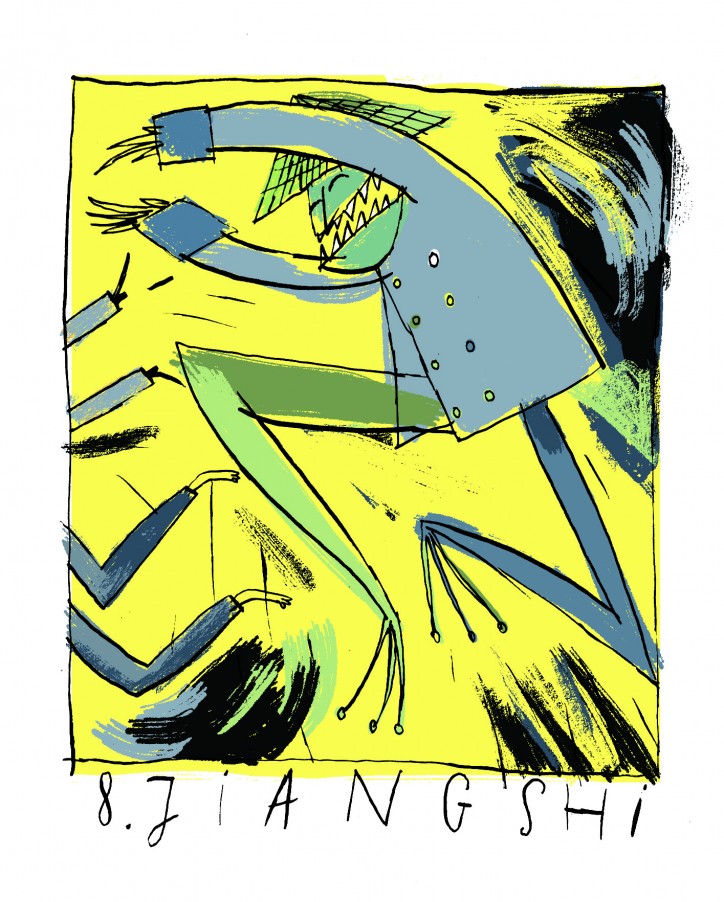
We’ve all heard of vampires, haven’t we? The European ones are a mixture of the romantic imagination of Goethe and Byron with reports from Eastern Europe of the strzygons that prowl about there. But the Chinese have their own vampires too. They’re called jiangshis. They don’t suck out their victims’ blood, just their vital energy. These demons have a highly original provenance – they’re corpses that have risen from the grave after being struck by lightning, just like Dr Frankenstein’s monster!
They can be extremely malevolent, especially if they departed this world in a violent way, or were buried alive. Luckily, they’re easy to recognize, because they move in hops, like frogs, leading scientists to suspect that superstitious beliefs about the jiangshis have their origins in the historic transportation of corpses that was organized by monks. Sometimes they had to carry dead bodies over long distances, and to do this they hung them side by side on bamboo poles. They shifted the corpses by night, so no one would see this macabre procession. But if an outsider did come upon one of these convoys, he was quite likely to have nightmares about hopping aliens from the world beyond.
Baron Samedi
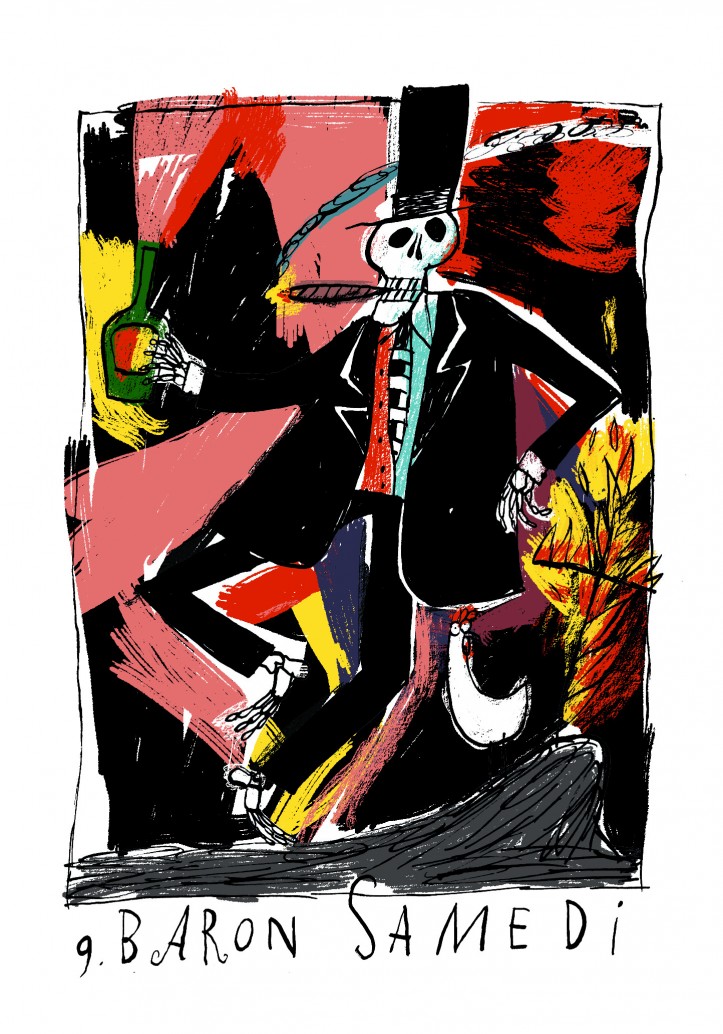
He’s a character from the mythology of voodoo, the Haitian religion, and voodoo black magic practices. He’s the spirit-in-chief, also known as Baron Cimetière, who commands the lesser spirits. He’s in the form of a skeleton wearing the black tail coat of an undertaker, with matching hat. Everyone’s afraid of him, but some people can’t live without him! Who are they? The local witches, known as ‘bokors’. They summon up Baron Samedi by dancing around a burning cross at the point where the paths meet in the graveyard and offering him three-star Barbancourt rum and a few pennies. With his help they resurrect the dead and change people into zombies, as even James Bond discovered in the movie Live and Let Die (1973).
For the sake of accuracy, we should add that the Baron has a sense of humour, and is fond of cigars and saucy songs. What’s more, not only does he help resurrect the dead, he also guards against such practices. Hence the song of the superstitious Haitian gravediggers in which they ask Baron Cimetière not to let the body they’re burying run away.
Baron Samedi is such an iconic figure that he has appeared not just in the movies, but also in politics. The Haitian dictator François Duvalier, known as Papa Doc, dressed like Baron Cimetière and was happy to resort to hocus-pocus. He even had a voodoo doll of President Kennedy.
Rakshasas
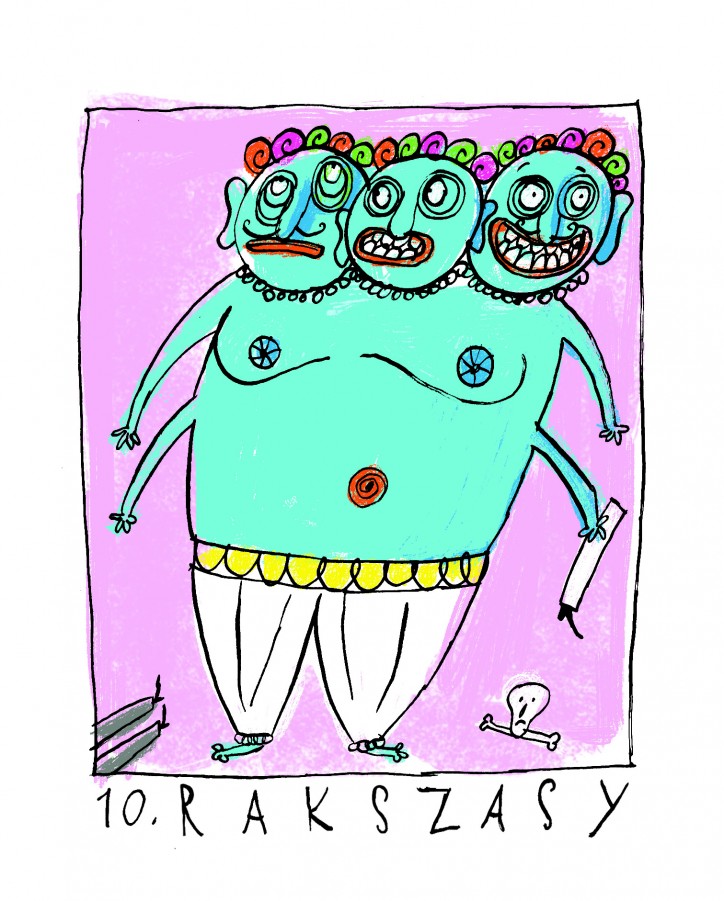
These are shape-changing demons from Hindu and Buddhist folklore. They could be beautiful and alluring, but instead they’ve stuck in the memory as horrifying, gluttonous giants with animal heads. They attacked at night, drinking their victims’ blood, raping women and murdering men. It’s hard to imagine a cruel act they wouldn’t be capable of committing. Wearing the right amulets provided protection against them, but the most effective weapons were light and fire.
Some legends say that rakshasas guarded treasure. But the best known is the story of the demon Ravana – the ten-headed, twenty-armed ruler of Sri Lanka. He abducted the wife of Prince Rama, the beautiful Sita. It was bound to end in war. It’s described in the Indian epic, the Ramayana. The demon put up a pretty good fight, because the epic contains as many as 48,000 verses. Among other challenges, with the help of monkeys and bears, Rama had to build a large stone causeway leading from the mainland to the demon’s island. There he finished off Ravana himself with “a flaming arrow, terrible as a hissing serpent”.
Spring-heeled Jack
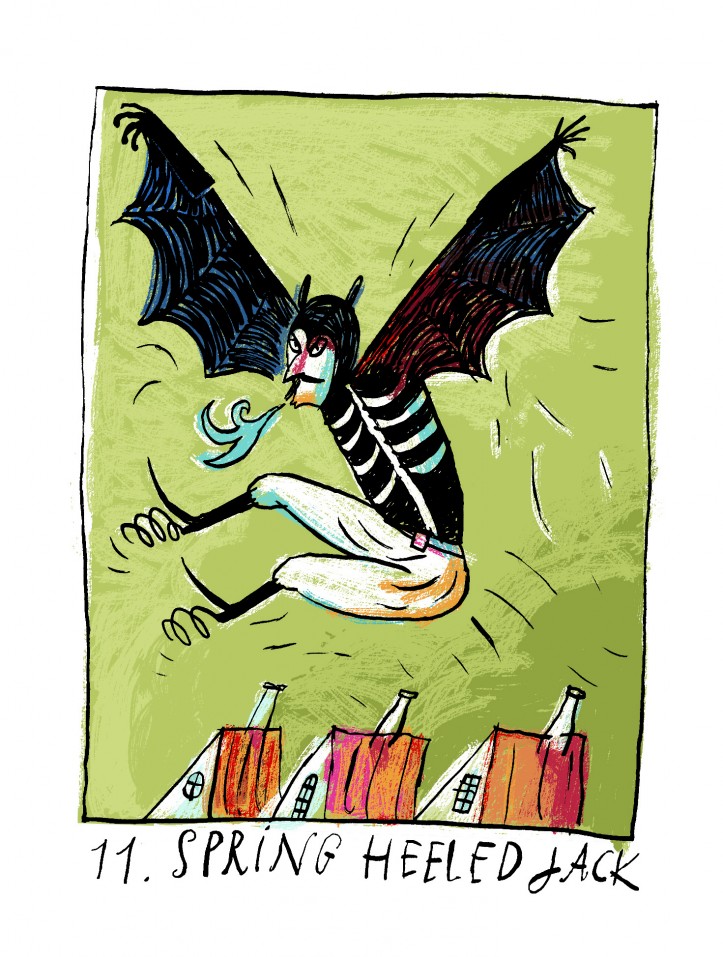
For some he’s a demon, for others he’s a 19th-century Batman. No wonder: he wore a bizarre helmet, a baggy suit, a long coat and gloves that looked like talons. And he moved as if he had springs in his heels, hence the name. He was on the rampage in 1837 and 1838 in the London vicinity, where he attacked young women by exhaling balls of blue fire at them.
It’s easy to imagine that he was just a practical joker wanting to scare naïve young lasses. But 40 years later, the demonic intruder on springy heels attacked again – at the army barracks in Colchester, 65 miles from London. Then he moved to a military unit in Aldershot, where, for their security, the watchmen were issued with rifles. But they never caught the Victorian Batman.
Lately, the story of Spring-heeled Jack has fallen silent – though not entirely. Some see him in Pérák the Spring Man, a mysterious figure who caused trouble for the Nazis in occupied Prague in the 1940s. Others maintain that Spring-heeled Jack must have some connection with the Mothman, who has been scaring people in the US since the 1960s.
Pazuzu
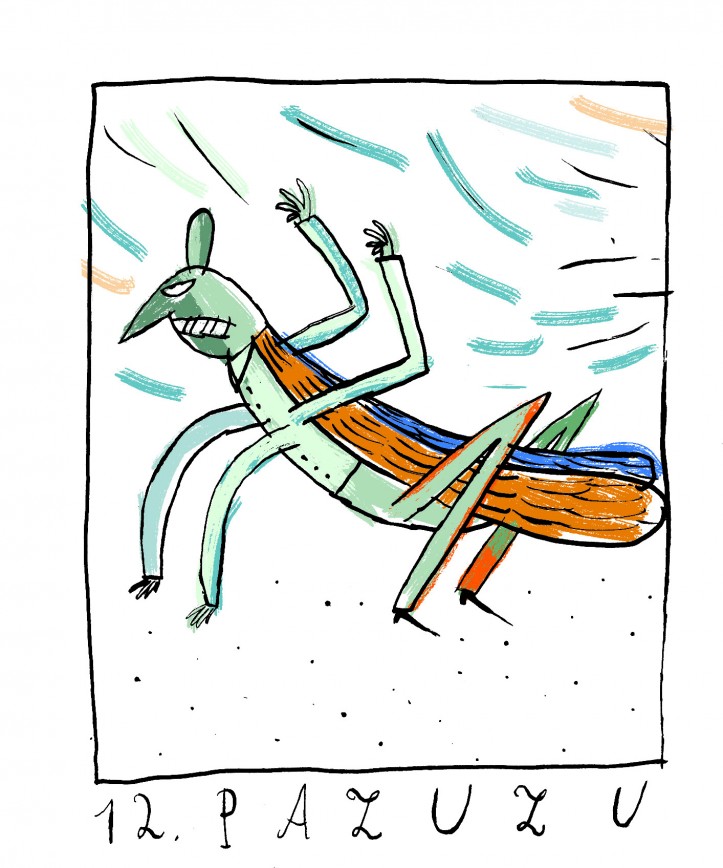
This demon from Mesopotamia became (in)famous thanks to the film, The Exorcist (1973), based on the novel by William Peter Blatty. Its financial success guaranteed the continuation of this grisly series. And that was how the humanoid but monstrous Pazuzu, with his canine head and large wings, stomped his way into pop culture. Presumably, that was quite a change for him after several thousand years in oblivion among the Mesopotamian ruins buried in sand.
In ancient times, he was regarded as an infernal creature, the lord of the winds, who inflicts all manner of seasonal disaster: drought, a plague of locusts, or a failed harvest. In the modern version, he was the embodiment of demonic evil, capable of possessing even the body of an innocent girl, and also of causing worldly-wise clerics to suffer heart attacks through his intemperate behaviour.
The easiest places to find Pazuzu are in the Louvre (in the form of a figurine dating back almost 3000 years), at archaeological digs in northern Iraq (see Father Merrin’s experiences in the book and the film), and on the famous steep staircase in San Francisco, where the climax of the 1973 film was set. But the chances are that soon Pazuzu will lose his place in mass culture to the Demogorgon from the Netflix series Stranger Things. This monster has ancient roots too, is familiar to children and adolescents from computer games, and seems altogether less farcical.


